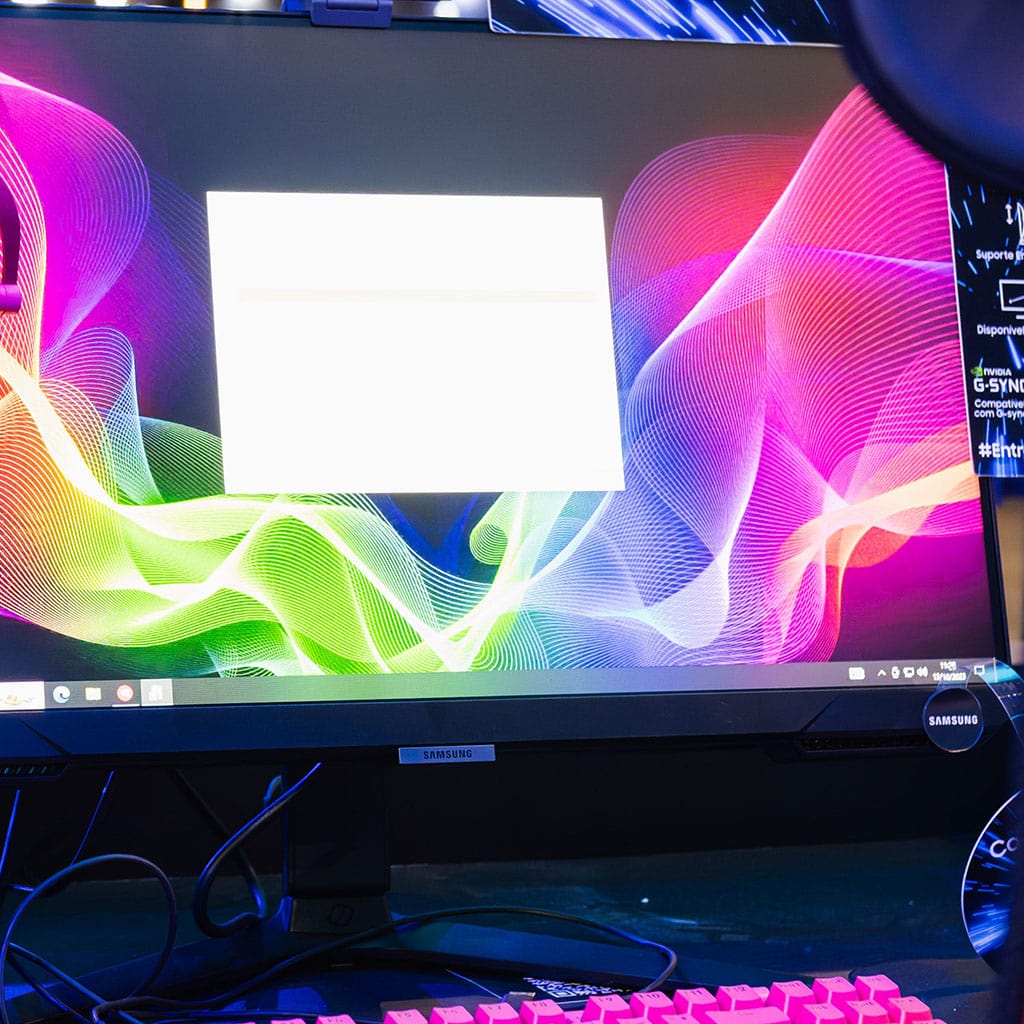Can you use a Dell monitor with a MacBook?
Can you use a Dell monitor with a MacBook?
In this article, we’ll explore the various methods to connect a Dell monitor to a MacBook and the steps involved in setting up and optimizing the display for a seamless user experience.
Is it possible to use a Dell monitor with a MacBook?
you can use a Dell monitor with a MacBook. Both Dell monitors and MacBooks are designed to be compatible with standard display connections, allowing for a straightforward setup process. Here’s how you can do it:
- Using an HDMI Cable:
- Most Dell monitors and MacBooks have HDMI ports. You can connect the two using an HDMI cable.
- Plug one end of the HDMI cable into the HDMI port on the back of the Dell monitor, and the other end into the MacBook’s HDMI port or via an adapter if your MacBook only has USB-C ports.
- Once connected, power on both the MacBook and the Dell monitor. The MacBook should detect the external display automatically, and you can adjust settings in “System Preferences” > “Displays” to optimize the arrangement and resolution.
- Using a DisplayPort Cable:
- If your Dell monitor and MacBook have DisplayPort connections, you can use a DisplayPort cable for a high-quality connection.
- Connect one end of the DisplayPort cable to the monitor and the other end to the MacBook’s DisplayPort or Thunderbolt port (via an adapter if necessary).
- Power on both devices. The MacBook should recognize the external display. Adjust settings in “System Preferences” > “Displays” for optimal setup.
- Using a USB-C Cable:
- If your Dell monitor and MacBook both have USB-C ports, you can use a USB-C to USB-C cable.
- Connect one end of the cable to the USB-C port on the Dell monitor and the other end to the MacBook’s USB-C port.
- Power on both devices. The MacBook should detect the external display. Adjust settings in “System Preferences” > “Displays” as needed.
Remember to select the correct input source on the Dell monitor (HDMI, DisplayPort, or USB-C) to match the cable you’re using. This can usually be done through the monitor’s on-screen menu.
By following these steps, you’ll be able to successfully use a Dell monitor with your MacBook, expanding your screen real estate and enhancing your productivity.
What Type of Connection Does the Dell Monitor Have?
The type of connection a Dell monitor offers is crucial for determining its compatibility with a MacBook. Dell monitors typically come equipped with a range of video input ports, including HDMI, DisplayPort, DVI, and sometimes VGA. Newer models may also feature USB-C ports, which provide a seamless connection for MacBook users equipped with USB-C. It’s essential to identify the specific video input options available on the Dell monitor, as this will dictate the type of cable or adapter needed to establish a connection with your MacBook. By selecting the correct port and using the appropriate cable or adapter, you can ensure a seamless display setup and enjoy the benefits of a larger screen for your MacBook.
When configuring the connection between your MacBook and a Dell monitor, it’s important to access the display settings on both devices. This can typically be done through the macOS System Preferences on your MacBook. Here, you can select the appropriate resolution, adjust display arrangement, and make other necessary adjustments to optimize the external display experience. Additionally, if the Dell monitor offers multiple input ports, use the menu button on the monitor to switch between different video input options. Checking for loose connections and ensuring that all cables are securely plugged in can also help resolve any potential connectivity issues and ensure a smooth visual experience on the larger Dell display.
Are You Experiencing Any Display Issues?
If you’re encountering display issues when trying to connect a Dell monitor to your MacBook, there are several potential factors to consider. First, double-check the display settings on your MacBook. Navigate to System Preferences > Displays, where you can adjust resolution, arrangement, and other settings to ensure they are compatible with the Dell monitor. Next, verify the type of port on the Dell monitor. If your MacBook and the Dell monitor have different port types, such as DVI, VGA, or DisplayPort, you may need an adapter or cable to establish a seamless connection. Additionally, if the Dell monitor features a menu button, use it to select the correct video input port. Loose connections can also lead to display problems, so ensure all cables are securely plugged in.
If you’re attempting to connect a Dell monitor to a MacBook via a VGA adapter, be aware that VGA is an analog signal, which may result in a slightly lower-quality display compared to digital options like HDMI or DisplayPort. For optimal results, consider using a digital connection method if both your MacBook and the Dell monitor support it. If you’re still facing connectivity issues, it’s worth checking if the display drivers for your MacBook and the Dell monitor are up-to-date. Outdated drivers can lead to compatibility problems. Lastly, if you’re using a USB-C display connection, ensure that both your MacBook and the Dell monitor support USB-C video output. This will allow for a seamless and high-quality display experience on the larger screen.





You must be logged in to post a comment.